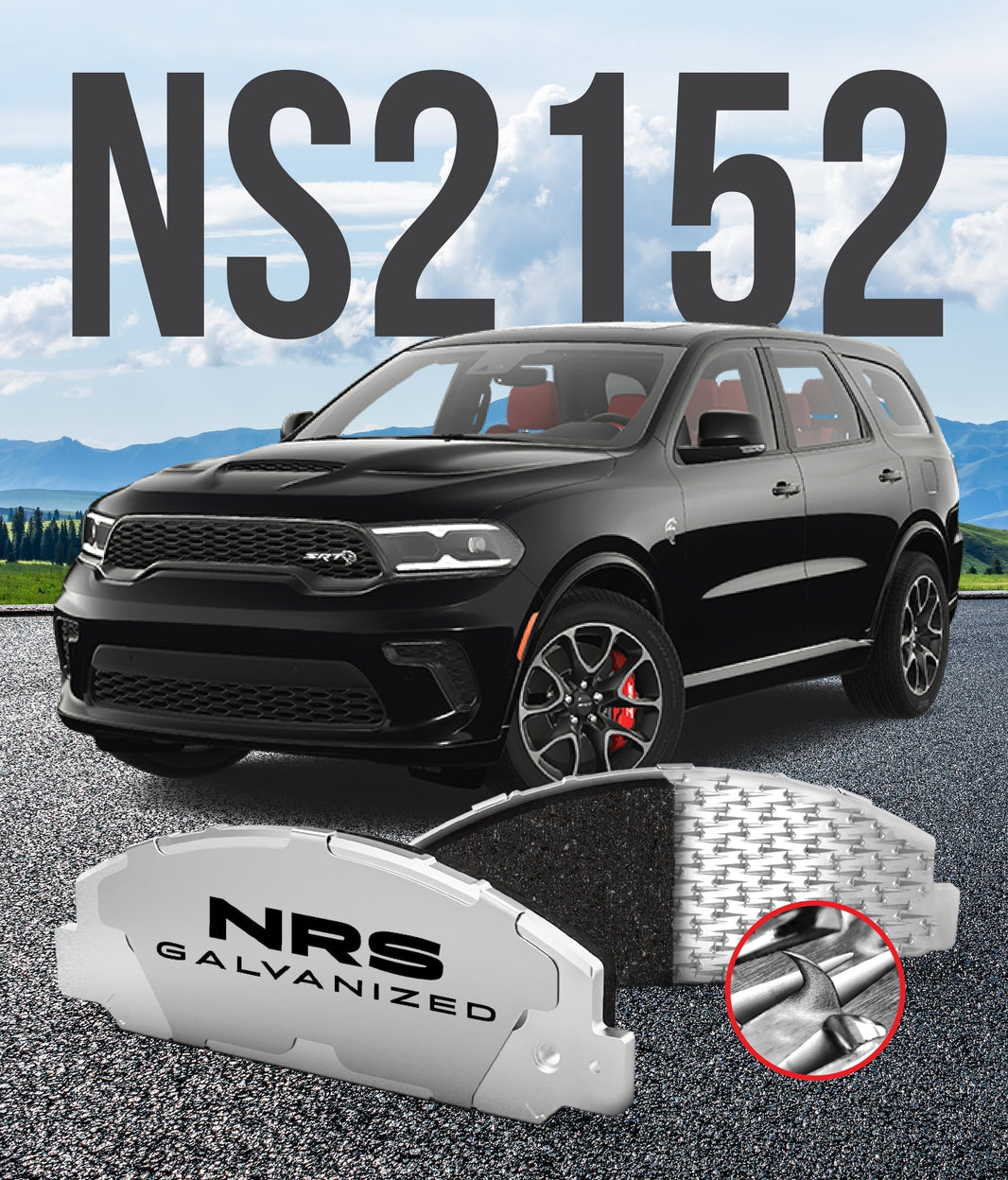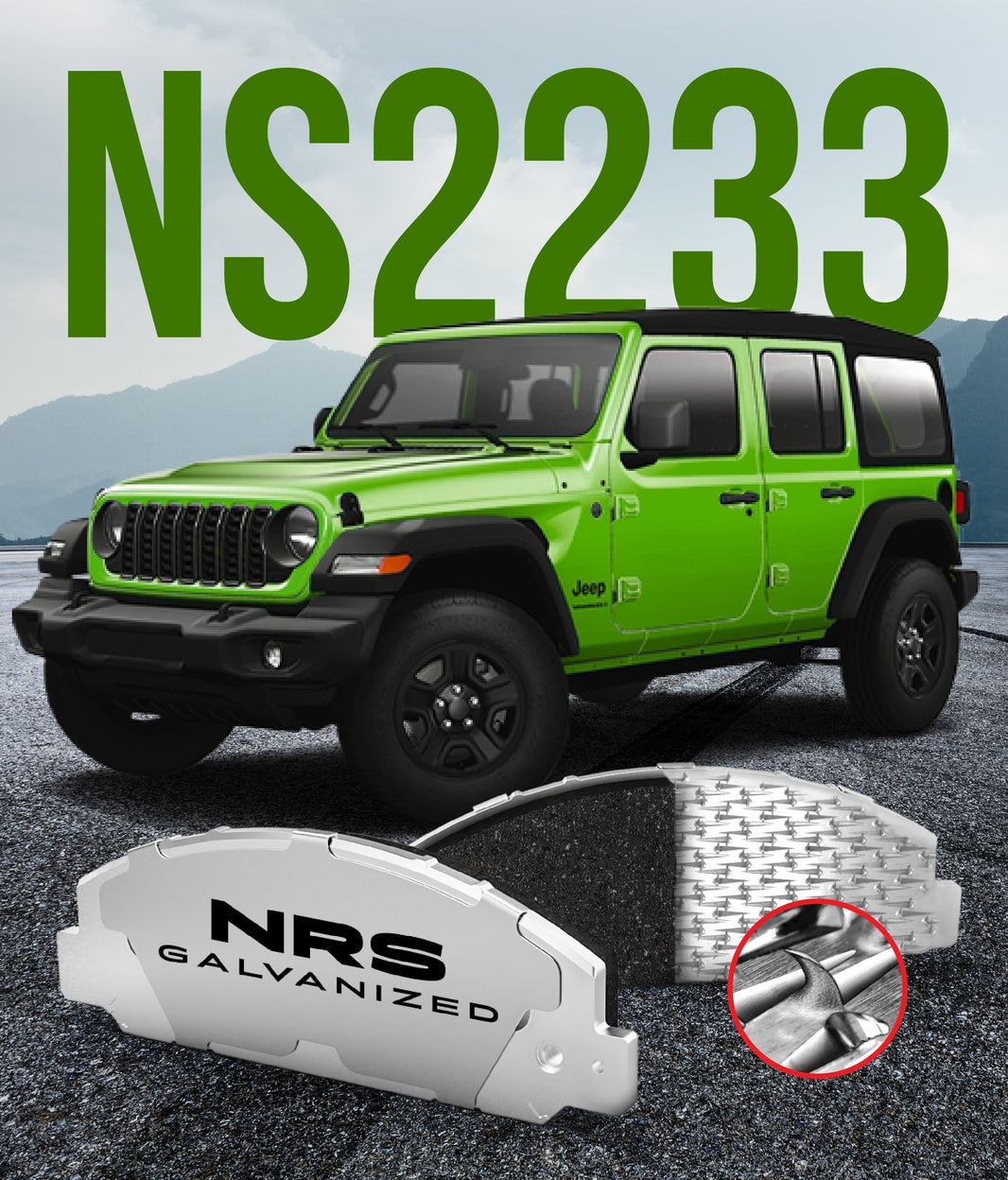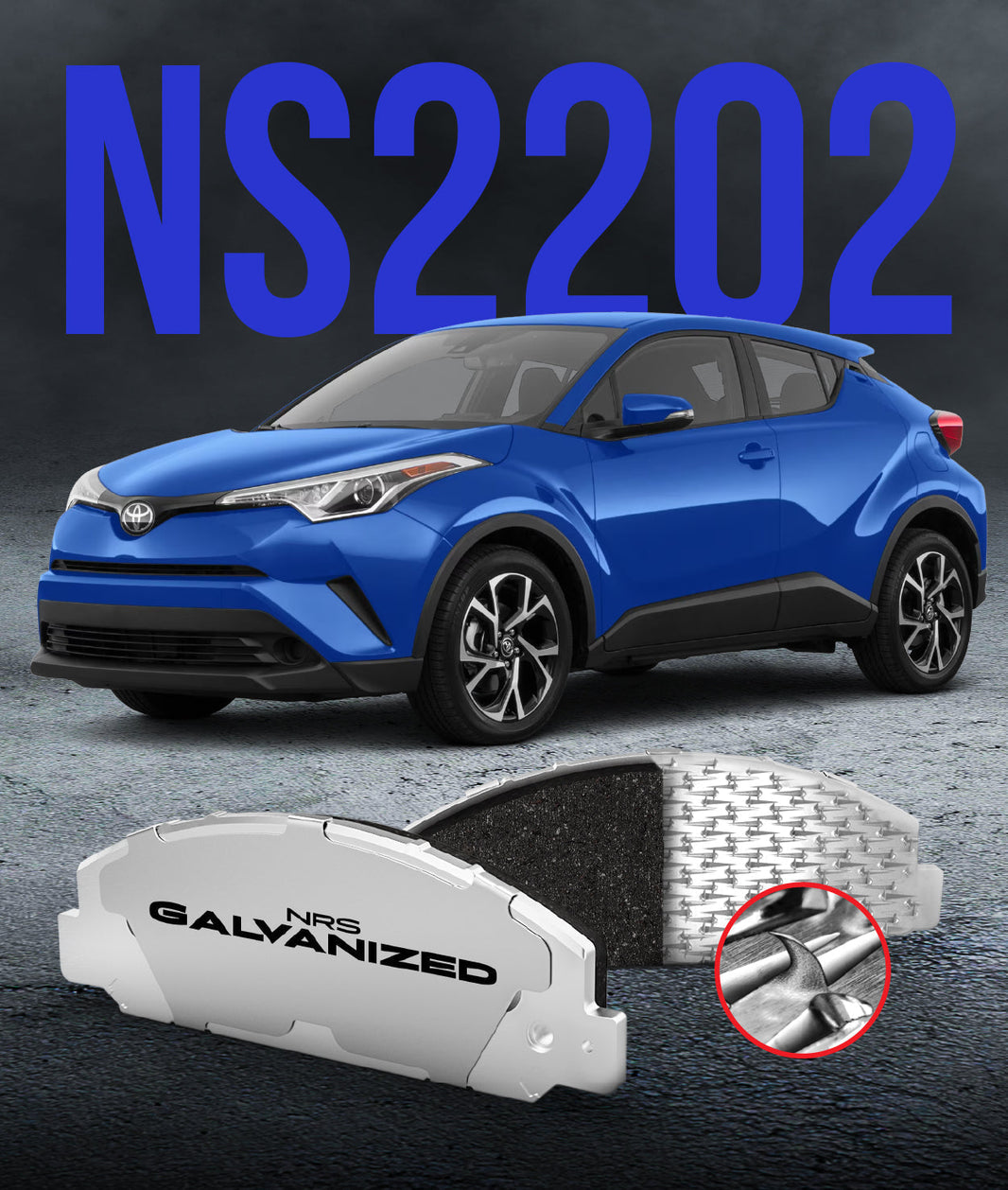
Brake pads are, by design, wear items – they sacrifice themselves through friction to stop your car safely. But does "wear item" have to mean "replace frequently"? What if brake pads could be engineered not just to stop well, but to last exceptionally long, resisting the common ailments that send lesser pads to the scrapyard prematurely? Could there truly be longest lasting brake in the world, or at least pads engineered for longevity and performance?
Why Brake Pads Don't Always Go the Distance: Common Failure Modes
Before we talk about building pads to last, let's diagnose why many don't. It's not always because the friction material itself is completely worn away. Often, other factors cut a pad's life short, leading to unnecessary replacements and potential safety hazards. Understanding these failure modes is key to appreciating a better design.
One of the most pervasive enemies of brake pads, winters and the liberal use of road salt, is a major cause for rust and corrosion. Standard brake pads typically use a painted or uncoated steel backing plate. Over time, moisture, salt, and heat cause this backing plate to rust. This rust doesn't just look bad; it compromises the structural integrity of the entire pad, potentially leading to noise, uneven wear, and, most critically, weakening the bond holding the friction material together.
Another major issue is delamination. This is the term for when the friction material physically separates from the steel backing plate. This is an extremely dangerous failure, as it can lead to a sudden and complete loss of braking power at that wheel. Delamination is often caused by the failure of the adhesives ( glue ) used in traditional pad manufacturing, frequently exacerbated by the rust creeping underneath the friction material from a corroded backing plate, or by the intense heat and shear forces generated during braking. When the glue gives up, you're in trouble.
Finally, issues like uneven wear, excessive noise (squealing beyond the initial wear indicator), and persistent vibrations can also lead drivers to replace pads prematurely. These problems can stem from poor quality materials, improper fitment (not meeting OEM tolerances), or, again, issues related to the backing plate integrity and the attachment method. A pad that doesn’t fit right or hold together properly simply won’t perform well or last as long.
The NRS Engineering Philosophy: Building It Better from the Foundation Up
NRS Brakes approaches brake pad design with a clear goal: "to produce the best brake pads in the aftermarket that fit & function as good as or better than OEM." A huge part of achieving that goal involves directly tackling the common failure modes that plague conventional pads. This isn't just about slapping some friction material on steel; it involves rigorous research, testing, and innovative engineering focused on durability and safety.
The core of the NRS philosophy revolves around addressing the weaknesses of traditional brake designs head on. If rust destroys backing plates and compromises bonds, eliminate the possibility of rust. If adhesives fail under stress, create a bond that doesn't rely solely on glue, this is the superiority of NRS Brakes. If poor fit causes problems, engineered to exceed OEM standards. This leads to a multi faceted approach where specific technologies work together to create a truly robust and long lasting brake pad.
Pillar 1: Galvanized Steel Construction – The Rust Buster
The first line of defense against premature failure in NRS brake pads is their unique backing plate construction. NRS utilizes galvanized steel for all its steel backing plates. Galvanization is a process where the steel is coated with a protective layer of zinc.
This zinc coating acts as a sacrificial barrier, actively preventing moisture and corrosive elements like road salt from reaching the underlying steel. This effectively eliminates the possibility of the backing plate rusting prematurely, a problem rampant with standard painted or uncoated plates. As NRS states, this ensures the "friction works to the last millimetre" because the structural foundation of the pad remains intact and free from corrosion throughout its service life. This feature alone significantly extends the usable life of the pad and is why NRS declares, "The Next Generation Brake Pad is Galvanized." It directly combats one of the primary causes of premature pad replacement in harsh climates.
Pillar 2: NRS Hooks – Mechanical Attachment
The second, and perhaps most revolutionary, pillar of NRS's durability engineering is its patented mechanical attachment system. Instead of relying primarily on adhesives to bond the friction material to the backing plate, NRS employs a technology called NRS Hooks. This award winning system involves forming hundreds of small, sharp hooks directly into the surface of the steel backing plate during its manufacture.
The friction material is mechanically bonded to the steel backing plate with these hooks. This creates an incredibly strong, physical connection – a mechanical retention – that is far superior to any adhesive bond alone. NRS confidently states their pads "will never delaminate" because this system overcomes the inadequacies of adhesive usage, which can be affected by heat, moisture, and shear forces. This mechanical lock ensures the friction material stays securely attached, providing safer, more secure stops throughout the entire lifespan of the pad, even under extreme conditions. This innovation earned NRS Brakes the prestigious Automotive News PACE Award, recognized as "a compelling example of an innovative solution to an unsatisfactory but accepted process."
Furthermore, this incredibly secure attachment has a beneficial side effect. By preventing micromovements between the friction material and the backing plate, the NRS Hooks system significantly reduces the vibrations that cause brake noise. This contributes to a quieter braking experience, a benefit frequently praised in customer testimonials like Jennifer S.'s relief from her old BMW brakes that "sounded like a bus coming to a stop."
Pillar 3: Precision and Quality Materials – The Supporting Cast
A rust proof foundation and an unbreakable bond are critical, but they need to be paired with overall quality manufacturing to ensure lasting performance. NRS Brakes pays close attention to these details as well.
NRS brake pads are engineered to meet or exceed OEM Fit Tolerances. This means they are designed to fit perfectly into your vehicle's caliper assembly right out of the box, just like the original parts. Proper fitment is essential for preventing uneven wear, noise, and vibration, further contributing to the pad's longevity and consistent performance. No struggling with installation, no 'close enough' – just a precise fit.
While the seed content focuses heavily on the galvanized plate and hooks, it's understood that these durable structures are paired with high quality friction material formulations. NRS utilizes its 30 years of experience as an original supplier to car companies to select and develop friction compounds that offer excellent stopping power ("Optimal Performance," "shorter stopping distances") and wear characteristics compatible with the pad's durable construction. The goal is a balanced pad that stops well, lasts long, and performs quietly.
The Result: Lasting Performance and Unmatched Durability
When you combine these engineering pillars – galvanized steel, NRS Hooks, and precision manufacturing – the result is a brake pad designed for truly lasting performance. This isn't just marketing hype; it's the outcome of addressing the root causes of premature pad failure.
The unmatched durability stems directly from eliminating rust and delamination as failure modes. This means NRS pads consistently provide safe stopping power throughout the life of the entire brake pad, allowing you to utilize the full thickness of the friction material. This translates directly to fewer brake jobs over the life of your vehicle, saving you time, money, and hassle. Customer testimonials frequently highlight this, noting "Superb performance and reliability" and how the pads feel great "even when it was new, zero noise and smooth." The recognition as AutoGuide's Editor's Choice for Best Brake Pads three years running further validates this performance and durability.
Broad Applicability: Support for All Car Makes, Built for Canadian Conditions
The robust engineering principles behind NRS Brakes aren't limited to a niche market. As indicated by the wide array of manufacturer logos supported, NRS provides solutions for a vast range of vehicles, from Acura and Honda to BMW, Ford, GM, Tesla, and Toyota, including commercial vehicles with their Air Disc Brakes line.
The benefits of galvanized steel and mechanical attachment are universal, but they are particularly valuable in demanding environments like Canada and the USA. As customer Pascal B. notes, they are "Perfect for any conditions, especially Canadian rough weather!" The resistance to salt induced corrosion makes NRS pads an especially smart choice for drivers dealing with harsh winters. The underlying technology provides a durable, reliable solution regardless of the badge on the grille.
We at NRS Brakes are driven by the goal to engineer and manufacture the absolute Best Brake Pads available in the aftermarket, delivering performance and quality that meets or surpasses original equipment standards. Our core innovations – the galvanized steel construction that prevents rust and the patented NRS Hooks mechanical attachment that eliminates delamination – are specifically designed to ensure lasting performance and unmatched durability. Backed by decades of OE expertise and recognized with industry awards, we provide a brake pad built to withstand the toughest conditions and provide safe, quiet, reliable stopping power for far longer than conventional pads. Choosing NRS isn't just replacing a part; it's investing in a superior braking solution built for a lifetime of performance.




